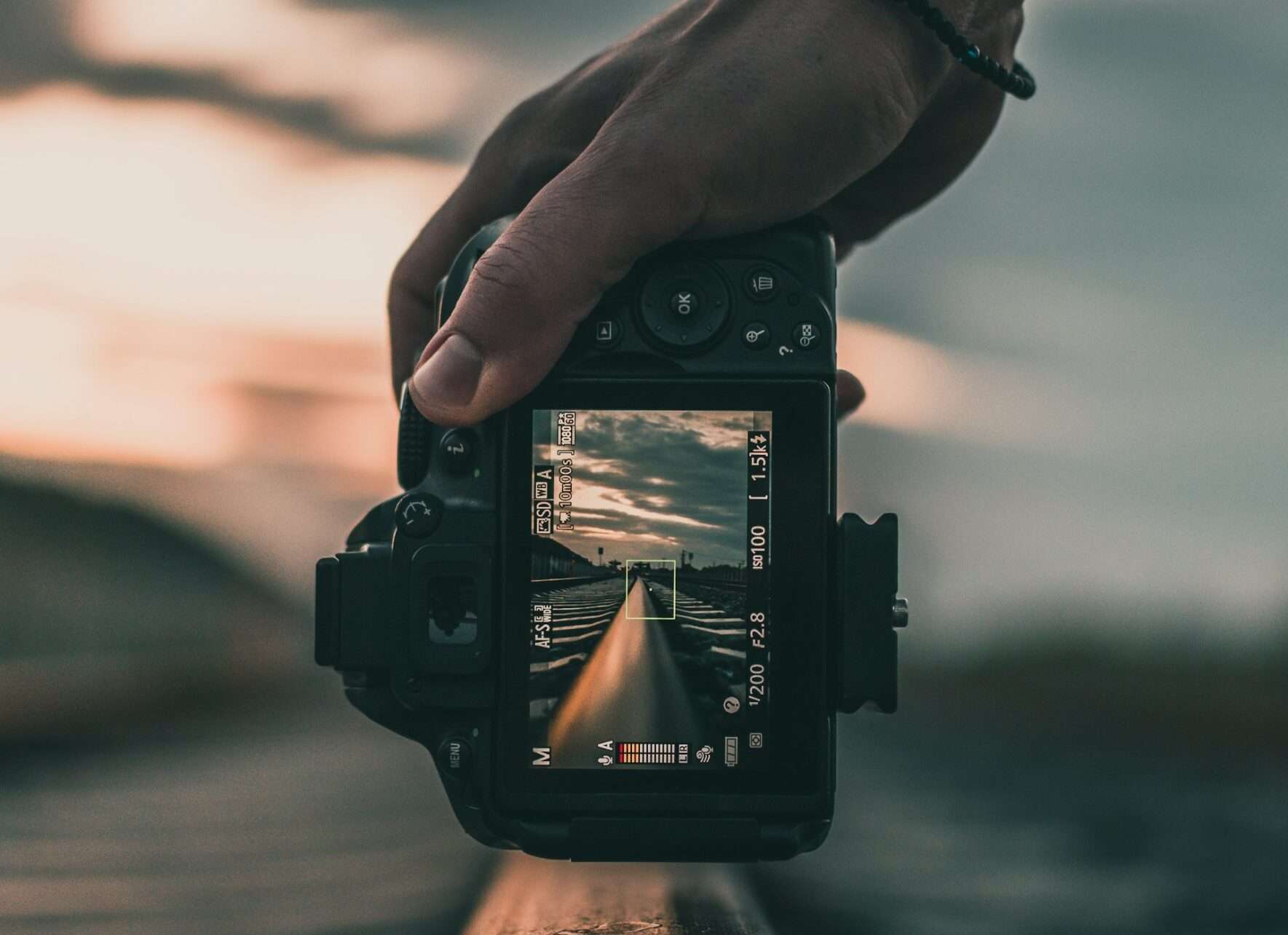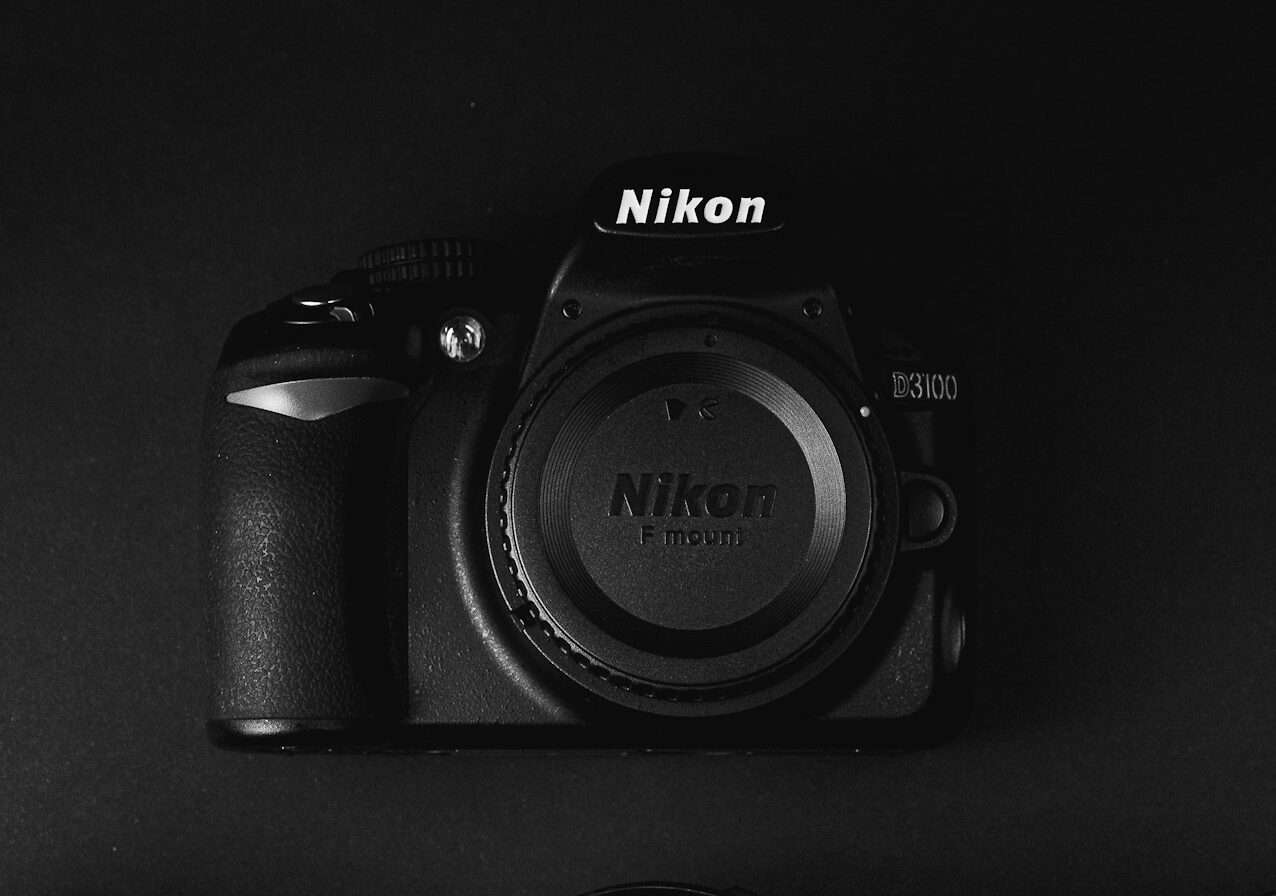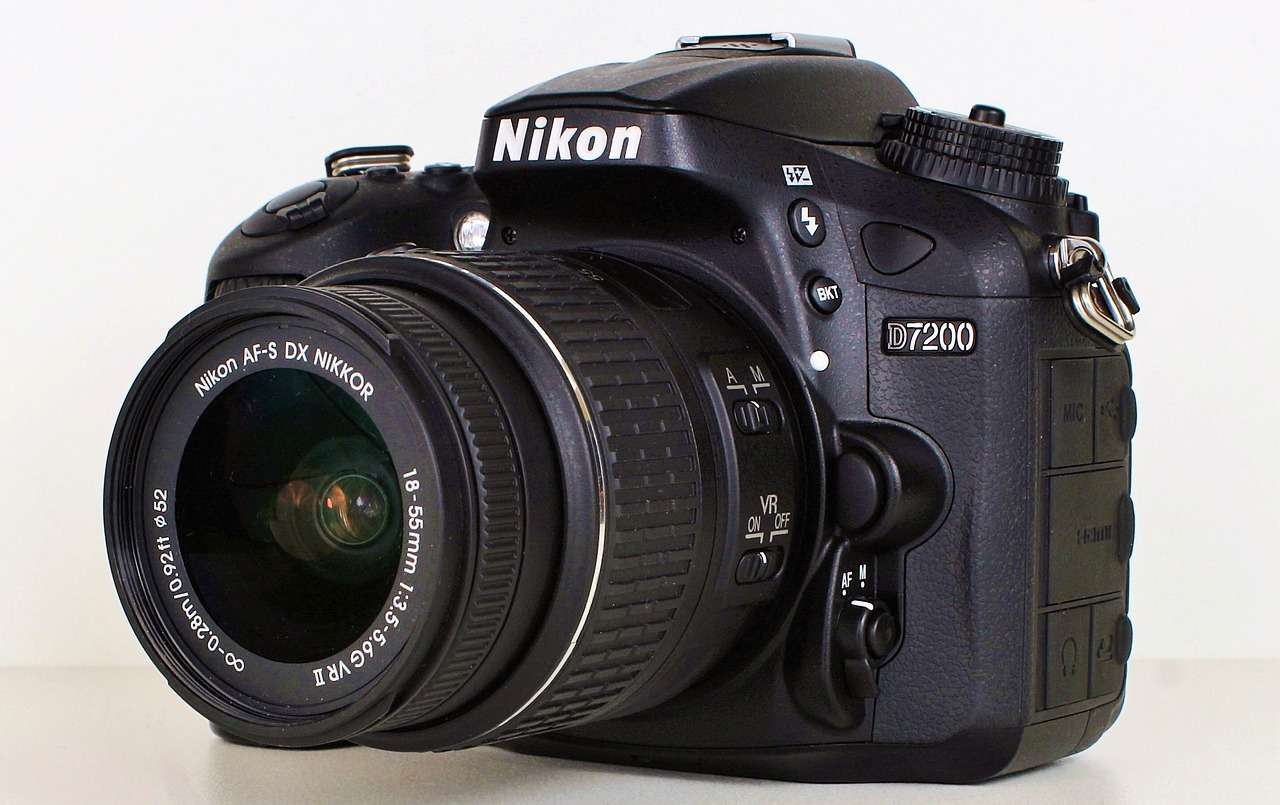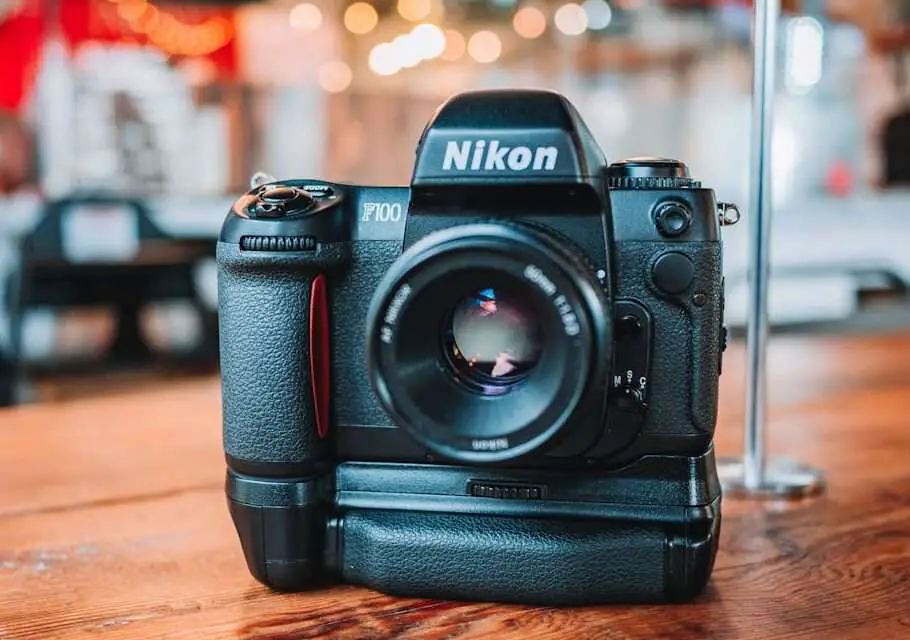Welcome to our comprehensive guide on how to record on a Nikon camera! Nikon is renowned for producing top-of-the-line cameras that cater to both amateur enthusiasts and professional photographers. Whether you’re capturing breathtaking landscapes, candid moments, or artistic portraits, mastering your Nikon camera is essential for unlocking your full creative potential.
Contents
- 1 Understanding Your Nikon Camera’s Recording Features
- 2 Techniques for Capturing Stunning Footage
- 3 Enhancing Your Recording Experience with Accessories
- 4 Post-Production Tips for Polished Results
- 5 Leveraging the Advanced Features of Nikon Cameras
- 6 Conclusion: Elevate Your Videography Skills with Nikon
- 7 FAQs about How to Record on a Nikon Camera
Understanding Your Nikon Camera’s Recording Features
Exploring the Basics of Recording
Before diving into the intricacies of recording on your Nikon camera, it’s crucial to familiarize yourself with its basic features. Understanding concepts such as resolution, frame rates, and file formats will empower you to make informed decisions when capturing your footage.
Choosing the Right Settings
Selecting the optimal settings for your recording sessions can significantly impact the quality of your footage. From adjusting aperture and shutter speed to fine-tuning white balance and ISO, mastering these settings will enable you to achieve stunning results in various lighting conditions and environments.
Techniques for Capturing Stunning Footage
Composition and Framing
Composition plays a pivotal role in creating visually compelling footage. Whether you’re shooting landscapes, portraits, or action sequences, employing techniques such as the rule of thirds, leading lines, and framing will enhance the aesthetic appeal of your videos.
Utilizing Manual Controls
While automatic modes can be convenient, harnessing the full potential of your Nikon camera requires delving into manual controls. Experimenting with manual focus, exposure compensation, and depth of field will provide you with greater creative freedom and control over your footage.
Enhancing Your Recording Experience with Accessories
Investing in Quality Lenses
The versatility and image quality of your recordings can be significantly enhanced by investing in high-quality lenses. From wide-angle to telephoto, selecting the right lens for your desired shots will elevate the overall production value of your videos.
Utilizing External Microphones
Audio quality is just as crucial as visual clarity when it comes to recording videos. Integrating an external microphone into your setup can minimize background noise and capture crisp, clear audio, ensuring that your message resonates with your audience.
Tripods and Stabilizers
Achieving smooth and steady footage is essential for professional-looking videos. Investing in a sturdy tripod or gimbal stabilizer will minimize camera shake and allow you to capture fluid motion, resulting in polished and professional-looking recordings.
Post-Production Tips for Polished Results
Editing Software Recommendations
Once you’ve captured your footage, the editing process allows you to refine and polish your videos perfectly. Utilizing professional editing software such as Adobe Premiere Pro, Final Cut Pro, or DaVinci Resolve will enable you to unleash your creativity and bring your vision to life.
Color Grading Techniques
Color grading is a powerful tool for enhancing the mood and atmosphere of your videos. Experimenting with color palettes, contrast, and saturation levels can dramatically transform the look and feel of your footage, adding depth and dimension to your storytelling.
Adding Transitions and Effects
Incorporating transitions and effects can add flair and visual interest to your videos. Whether it’s subtle crossfades, dynamic transitions, or creative effects, judicious use of these elements can enhance the flow and impact of your storytelling.
Read Now: Nikon FG Lenses and Nikon FG Review
Leveraging the Advanced Features of Nikon Cameras
Time-Lapse and Slow-Motion
Nikon cameras offer advanced features such as time-lapse and slow-motion recording, allowing you to capture captivating visuals that transcend traditional videography. Experimenting with these features can unlock new creative possibilities and add a unique flair to your videos.
Custom Picture Controls
Custom picture controls enable you to fine-tune the look and feel of your footage directly in the camera. By creating custom presets tailored to your specific shooting scenarios, you can achieve consistent and professional-looking results without the need for extensive post-processing.
Conclusion: Elevate Your Videography Skills with Nikon
In conclusion, mastering the art of recording on a Nikon camera requires a combination of technical knowledge, creative vision, and practical experience. Understanding your camera’s features, employing effective recording techniques, and investing in quality accessories can elevate your videography skills to new heights.
Remember, practice makes perfect, so don’t be afraid to experiment and push the boundaries of your creativity. With dedication and passion, you’ll be well on your way to capturing stunning footage that captivates and inspires your audience.
FAQs about How to Record on a Nikon Camera
- What are the best settings for recording video on a Nikon camera?
- Answer: The optimal settings for recording video on a Nikon camera depend on various factors such as lighting conditions, desired aesthetic, and the type of footage you’re capturing. Generally, it’s recommended to shoot in manual mode to have full control over settings like aperture, shutter speed, ISO, and white balance. Experimentation and practice will help you determine the best settings for your specific recording needs.
- Can I use any memory card for recording on a Nikon camera?
- Answer: While many memory cards are compatible with Nikon cameras, it’s essential to choose a card with sufficient speed and capacity to handle video recording effectively. Look for SDXC or CFast cards with fast write speeds, especially if you’re shooting high-resolution or high-bitrate video formats. Additionally, make sure to format the memory card in-camera for optimal performance and reliability.
- How can I achieve smooth, stable footage when recording handheld with a Nikon camera?
- Answer: To achieve smooth and stable footage when recording handheld with a Nikon camera, consider using image stabilization features if available. Additionally, practicing proper hand-holding techniques such as keeping your elbows close to your body, maintaining a steady posture, and using slow, deliberate movements can help minimize camera shake. For even smoother results, consider investing in a gimbal stabilizer or utilizing lenses with built-in stabilization.
- What is the maximum recording duration on a Nikon camera?
- Answer: The maximum recording duration on a Nikon camera varies depending on the model and video resolution settings. Most Nikon cameras have a recording limit imposed by file size, battery life, and overheating concerns. It’s recommended to refer to your camera’s user manual or specifications sheet for information on maximum recording durations and any limitations associated with different video settings.
- How can I improve audio quality when recording video with a Nikon camera?
- Answer: To improve audio quality when recording video with a Nikon camera, consider using an external microphone for better sound capture. Nikon cameras typically feature a built-in microphone, but external microphones offer superior audio clarity and directional control. Choose a microphone suited to your recording environment and connect it to your camera’s microphone input jack for optimal results. Additionally, monitoring audio levels and adjusting settings as needed during recording can help ensure high-quality sound.
Read Now: How to Turn off Flash on Nikon Camera and Nikon F3 Lenses




